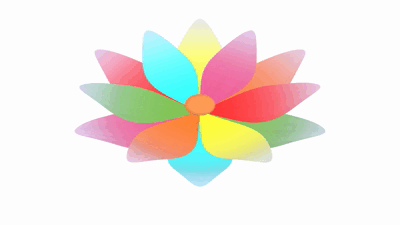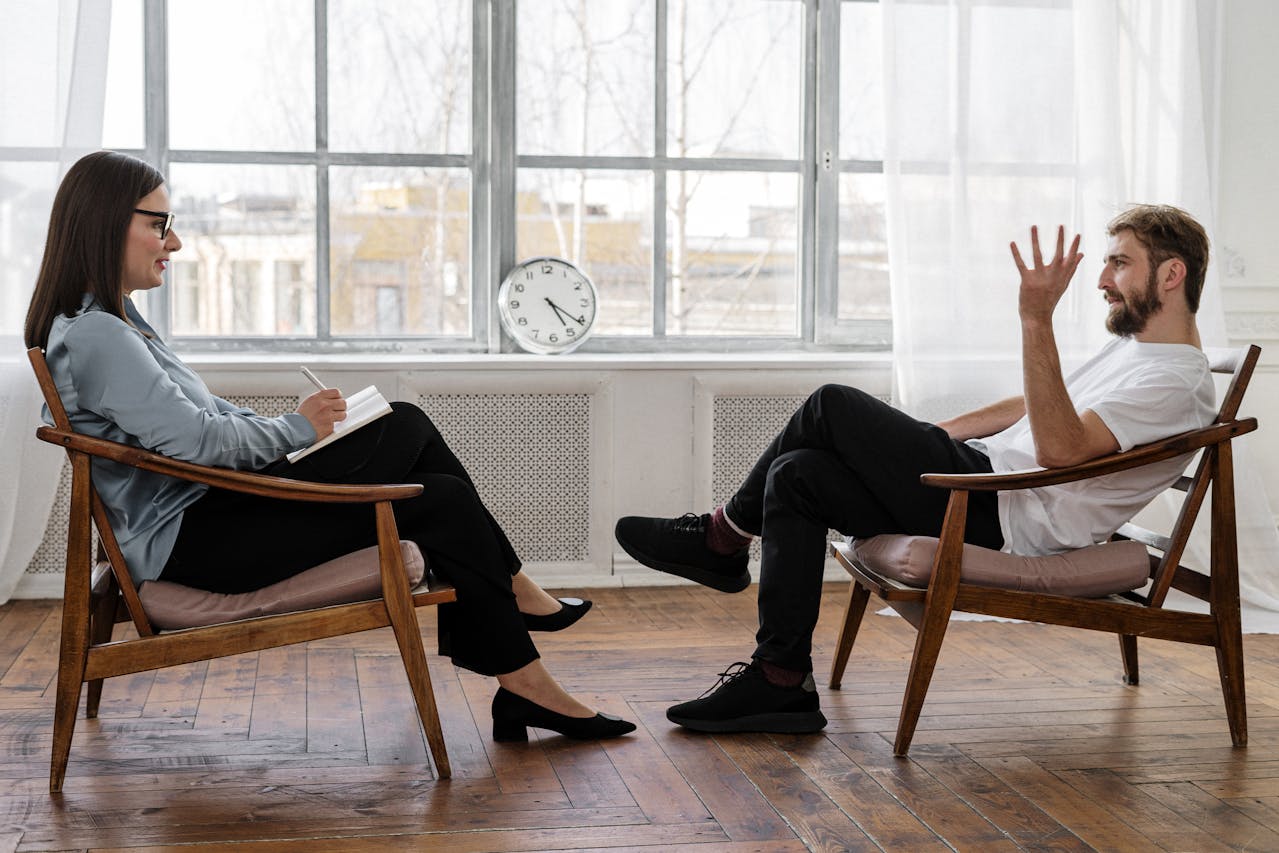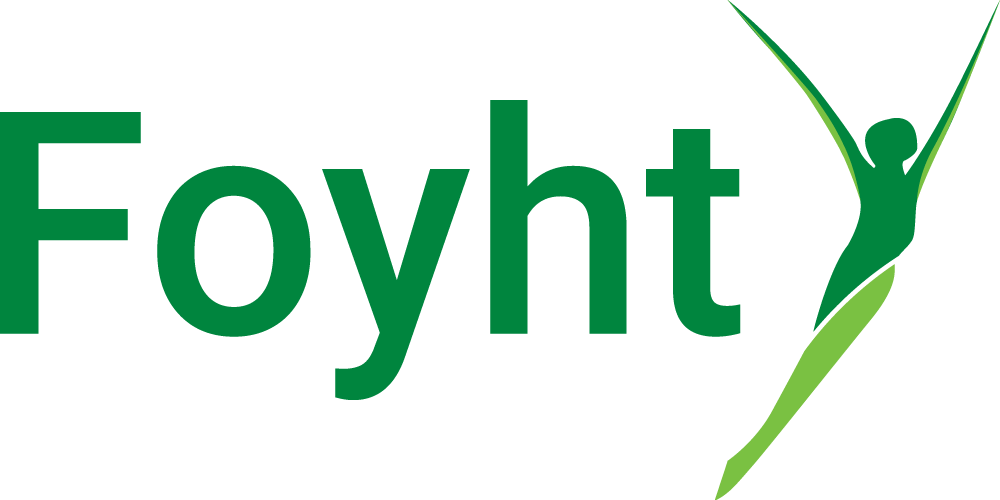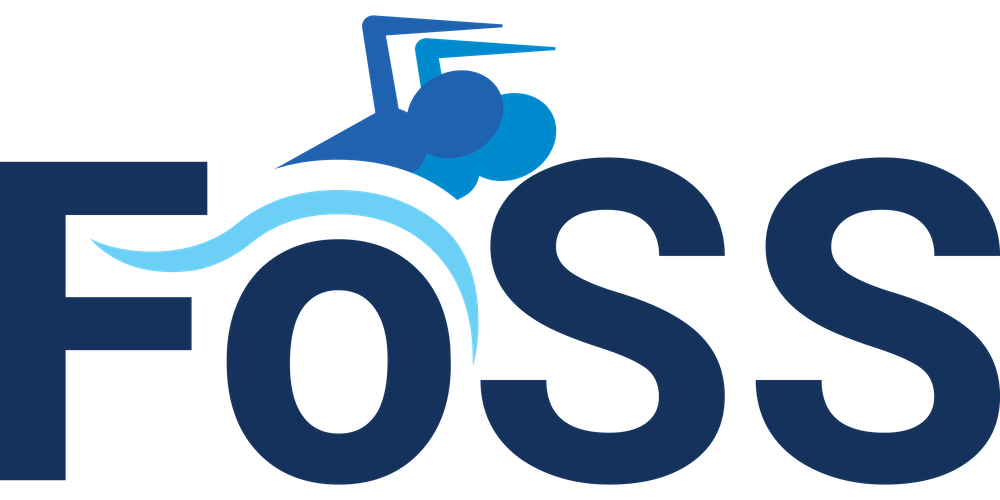Reclaiming Vulnerability in Therapeutic Practice
We hold on for dear life.
To our professional roles.
To our training.
To our outer appearances.
To the silent expectation that “therapists” stay cool, calm and collected at all times.

As practitioners, we’re often taught—implicitly or explicitly—that being a healing presence means being unflappable. We learn to hold space for others’ messiness, pain, and truth, while being very conscious and careful of exposing any of our own.
But what if this very high expectation that is demanded of us is also costing us something essential—not only in our own wellbeing, but in our work?
Recently, I read a post by a male therapist who had dared to share something vulnerable about his own struggles on social media. Whilst having much support, he had also been disturbed by receiving a surprising amount of criticism. Some questioned his professionalism. Others subtly suggested he had been too unprofessional.
This struck a chord for me, because it means that in being ‘acceptable’, we are also holding back from being ourselves, from being honest and open to our emotions that may be perceived as weaknesses.
We are humans first.
Therapists or whatever title/role we identify with comes second.
And these identifications that we have in life, can be a part of the stories and self-images that we believe will keep us safe.
So, for example, for therapists and helping professionals, this might look something like:
“I’m fine.”
“I’ve got this.”
“I don’t need support.”
“I can handle it on my own.”
However, these identities can function as armour for our own shadows that we are still working through. Let’s face it, what made you get into your profession in the first place? To help people yes, but possibly we went through a healing crisis ourselves first, from which we discovered a process where we also felt supported and held.
I, for one, have most definitely had my fair share of challenges, strife and grief. And without doubt these experiences have both enriched and deeply informed the way I now hold space for others.
I work through the body, because our body holds all of the above. The stories we have about ourselves, the fears, the expectations, the holding on of identities, the holding back of showing our true selves and fear of vulnerability.

For many men, the fear of appearing weak is deeply embedded. For many women, the fear of appearing needy or “too emotional” keeps them holding onto a masculine like strength.
In both cases, this can translate into tensions in our bodies and a protective armouring, that develops into a rigidity. Ironically, this makes us less receptive and compassionate to our clients. In being fearful of showing any of our own human fragility, this can create disconnection with our clients, as they may feel a certain level of holding back themselves.
Now, to clarify, I’m not suggesting that the therapists turns up for work in a deep emotional turmoil. We need to have our own resources for self-care and self-regulation to embark upon the therapeutic role, and to stay professional.
And there will be clients who are willing to be vulnerable and very open even without much prompting. What may happen is that we have compassion fatigue.
And this can result in a different disconnection.
But the body doesn’t lie.
Over time, the tension that we hold in our bodies can become an ensuing deep fatigue.
Vulnerability As Wisdom
I want to suggest that showing vulnerability is not the opposite of professionalism—it is an honouring of our humanness, of self-acceptance.
And that is why for many of us to drop into our bodies and move in spontaneous or creative ways involves ‘unlearning’ certain patterns we have – a de-armouring that can also feel vulnerable, as emotions that have been trapped in our cells may surface.
When therapists model their humanness—not by oversharing or processing publicly, but by acknowledging their edges—they give permission.

They break the trance of perfection that keeps so many clients (and colleagues) stuck in shame. And a wordless way that this can be communicated, expressed and released is when moving through the body.
This is the somatic truth: release happens in the body (which then releases some aspect in our minds) when we feel safe enough to be seen.
The Risk & The Gift Of Letting Go
Letting go is not easy. Especially when our roles, our livelihoods, and our perceived authority are wrapped up in being the strong one.
But letting go doesn’t mean a complete collapse or an unstructured freedom that results in chaos.
It means allowing ourselves to become whole.
And wholeness includes doubt, grief, rage, tenderness, uncertainty—and joy.
In my own practice—Niio Dance—we explore this through movement, breath, voice, and the wisdom of the elements. It’s a method I have developed for coaches, creatives, healers, and visionary leaders who are ready to return to their most embodied, alive selves. A support that bridges ancient wisdom and modern neuroscience, somatics and spirit.
Within Niio Dance, we use an internal map—a structure rooted in body-mind principles, energetics, and nature’s cycles. This embodied framework holds people safely through the emotional chaos that can arise when we begin to let go. And it offers an invitation for us to find a connection back home to ourselves, to our inner essence, strength and purpose.
In giving ourselves permission to let go of our carefully constructed identities, there is a vast aliveness waiting on the other side.
A therapist who can be with their own vulnerability—not as something to fix, but something to honour—holds a rare kind of presence. Not just technical skill, but embodied wisdom. Not just a container, but a mirror.
In a time when mental health discourse is growing, but burnout among practitioners is also skyrocketing, we need a new conversation.
We need spaces where therapists and professionals can be held, too. We need networks that celebrate resilience and rawness. We need a cultural shift that makes it not only permissible—but powerful—to be seen as human.
If you are a therapist, here are some questions for you to ponder:
- What identity do I hold that feels essential to “being a good therapist”?
- What am I afraid would happen if I let some of that go?
- Where does my body feel most tense or rigid right now?
- Who holds me, and how do I let myself be held?
It’s June.
The midpoint of the year.
A turning point.
What are you still holding onto that you’re finally ready to release?
If the answer lives in your body, I invite you to begin there. There’s a reason it’s been held so tightly. And it doesn’t have to be that way. I invite you to discover another way that is real, tender, honest and expansive. Welcome home to your embodied wholeness.
Main – Photo by cottonbro studio






